Parque nacional Tierra del Fuego
( Tierra del Fuego National Park )
Tierra del Fuego National Park (Spanish: Parque Nacional Tierra del Fuego) is a national park on the Argentine part of the island of Tierra del Fuego, within Tierra del Fuego Province in the ecoregion of Patagonic Forest and Altos Andes, a part of the subantarctic forest. Established on 15 October 1960 under the Law 15.554 and expanded in 1966, it was the first shoreline national park to be established in Argentina.
The park has dramatic scenery, with waterfalls, forests, mountains, and glaciers. Its 630 km2 (240 sq mi) include parts of the Fagnano and Roca lakes. The Senda Costera (Coastal Path), connecting Ensenada Bay to Lapataia Bay on Lago Roca, is a popular hiking trail within the park. Forests of Antarctic beech, lenga beech, and coihue in the lower elevations of the park are home to many animal species. There are 20 species of terrestrial mammals, including the guanaco, Andean fox, North American beaver, ...Read more
Tierra del Fuego National Park (Spanish: Parque Nacional Tierra del Fuego) is a national park on the Argentine part of the island of Tierra del Fuego, within Tierra del Fuego Province in the ecoregion of Patagonic Forest and Altos Andes, a part of the subantarctic forest. Established on 15 October 1960 under the Law 15.554 and expanded in 1966, it was the first shoreline national park to be established in Argentina.
The park has dramatic scenery, with waterfalls, forests, mountains, and glaciers. Its 630 km2 (240 sq mi) include parts of the Fagnano and Roca lakes. The Senda Costera (Coastal Path), connecting Ensenada Bay to Lapataia Bay on Lago Roca, is a popular hiking trail within the park. Forests of Antarctic beech, lenga beech, and coihue in the lower elevations of the park are home to many animal species. There are 20 species of terrestrial mammals, including the guanaco, Andean fox, North American beaver, European rabbit and muskrat. Among the 90 species of birds are the kelp goose, torrent duck, austral parakeet, Andean condor, blackish oystercatcher, and Magellanic oystercatcher.
The southernmost national park in Argentina, it is listed as an IUCN category II park. The park stretches 60 km (37 mi) north from the Beagle Channel along the Chilean border. Ushuaia, the capital of Tierra del Fuego Province, is 11 km (6.8 mi) from the park. The park can be reached by car or by train. The southern terminus of the Pan-American Highway is located within the park, as is the El Parque station of the End of the World Train.
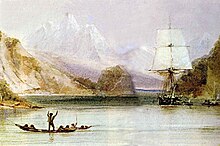 Period impression of HMS Beagle navigating along Tierra del Fuego, 1833Etymology
Period impression of HMS Beagle navigating along Tierra del Fuego, 1833Etymology
The first Europeans who came to explore the southern tip of South America saw the campfires of the native inhabitants of the area (the Yaghan people, also called Yámana). The Spanish explorers hence named the area "Tierra del Fuego", meaning "land of the fires" in Spanish.[1][2]
Pre-ColumbianHumans inhabited Tierra del Fuego as far back as 10,000 years ago.[3] The Yaghan people, living in the harsh environment, survived on the natural resources of the sea. They lived on its beaches and made voyages into the sea in canoes made of lenga beech, hunted sea lions, and collected shellfish. They lived in huts made of tree branches and trunks and clothed themselves with leather made from sea lion pelts. They smeared their body with the fat and grease of these animals to waterproof their skins.[4]
The southern group of the Selk’nam, the Yaghan people (also known as Yámana), occupied what is now Ushuaia, living in continual conflict with the northern inhabitants of the island.
Post-ColumbianWasti H. Stirling, an Anglican missionary, settled here in 1870 and started to convert Yaghan tribes, the natives, the original residents of the Beagle Channel.
During the 1880s, many gold prospectors came to Ushuaia, following rumors of large gold fields, which proved to be false.
Trouble for the Yaghan people began in 1880 when European missionaries entered the area. European settlers brought diseases such as measles, causing a rapid and nearly complete extinction of the Yaghan people. The Yaghan tribe was reduced in number from about 3,000 people in 1880 to less than 100 by the 1990s.[citation needed] Many of them were killed by European settlers' "shoot exercises" and deliberate poisoning to exploit the sea lions, the staple of the Yaghan diet.[5][6] Following the deaths of 84-year-old Emelinda Acuña (1921 – 12 October 2005) and her sister Cristina Calderón (1928 - 2022) of Villa Ukika on Navarino Island, Chile, no native speakers remain.[7] What can be seen of the Yaghan people and their settlements today are mainly relics in the form of piles of mussel shells overgrown with grass near the seashore. Some antiquarian links with the tribals can also be seen in the "End of the World Museum" in Ushuaia.[6]
The Boundary Treaty of 1881 was an attempted resolution of the territorial dispute between Argentina and Chile, and stipulated that the boundary between the two countries would run south from "Cape Espiritu Santo, on the northern shore of Tierra del Fuego till it touches the Beagle Channel". This division meant that Argentina would be entitled to the eastern portion while Chile would have the western part of the Tierra del Fuego. However, the Treaty did not clarify the terminus of the Beagle Channel, which created many territorial and collateral issues such as navigation rights. This resulted in a dispute between the two countries, particularly on the small islands (Picton, Lennox, and Nueva) up to Cape horn. The dispute, which started in 1840, almost resulted in war between the two countries in 1978. However, the issue was resolved with the intervention of the Vatican. The Pope ruled on the dispute, ratification ensued and a treaty was signed on 2 May 1985. Under this treaty, Chile retained control of all the disputed islands, and Argentina was entitled to navigational rights and maintained its limited presence on these islands.[8]
After an Argentine naval base was established in 1884, the island was divided between Argentina and Chile.[9]
Argentinian President Roca established a penal colony in 1902, on nearby Staten Island, which resulted in its development. Prisoners were the main workforce and were employed to construct the city and exploit the forests of the now Tierra del Fuego National Park. The train lines were also built by the prisoners, covering an area of 25 km (16 mi), which started from the Maipú Monte Susana camp and ran through the park.[10][9] The city is now an important tourist center as the departure point not only for the park but also for voyages to Antarctica.[11]
Following the establishment of a prison in Ushuaia, in late 1909 and early 1910 the railway line called the Southern Fuegian Railway or the End of the World train was established as a narrow gauge steam railway, replacing an old wood track railway drawn by bullocks. The steam engine-driven railway was built over a length of 25 km (16 mi) along the Maipu Avenue on the waterfront, followed the eastern slope of Mount Susana, and branched through the middle of the Pipo River valley into the Tierra del Fuego National Park. The line made with Decauville tracks of 500 mm (20 in) gauge, connected the prison camp with the forestry camp. The primary purpose of the railway was as a freight line to serve the prison of Ushuaia, and hence was known as the "Prison train," and was used specifically to transport prisoners to the camps and transport the logged timber from forests. The prison was closed in 1947, and the railway was finally closed in 1952, following the reduction in forest resources and an earthquake that damaged the tracks.




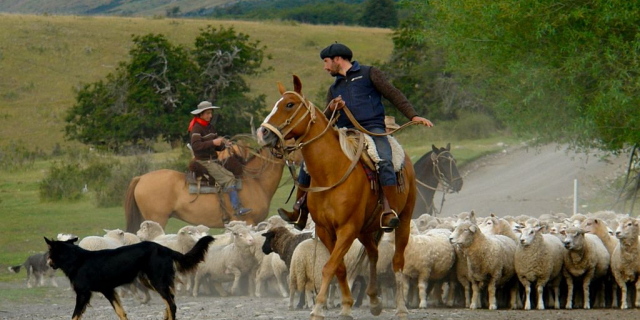


















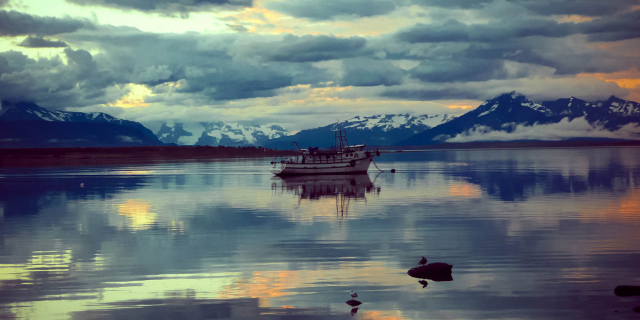


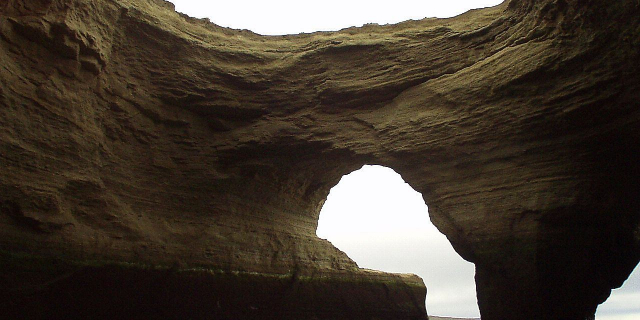


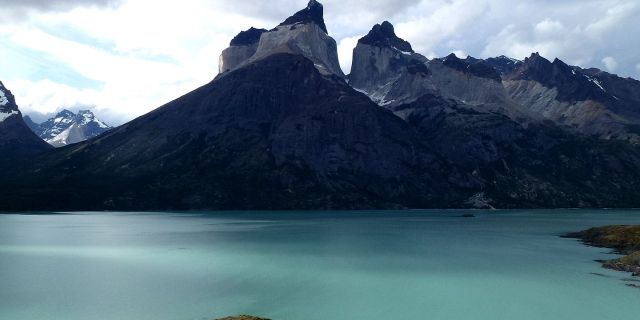
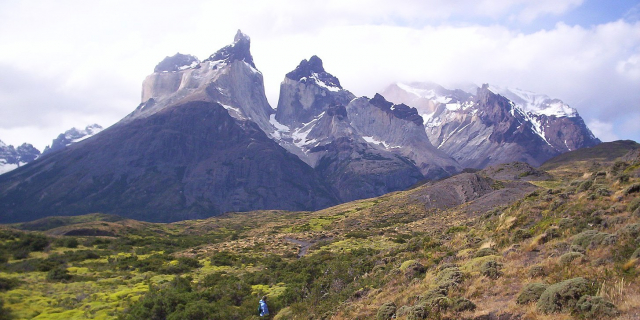


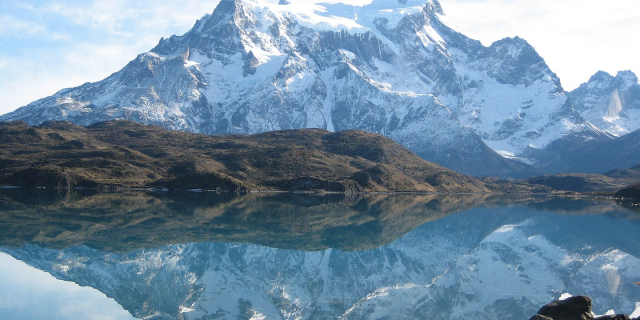
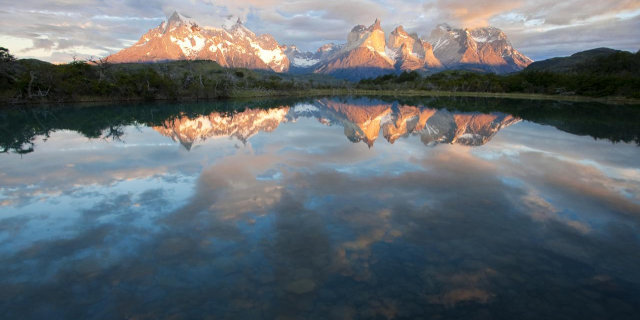
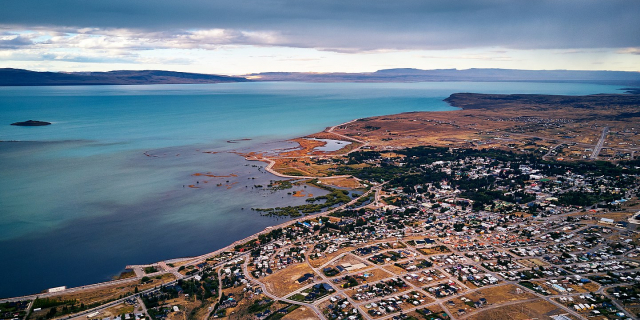
Add new comment